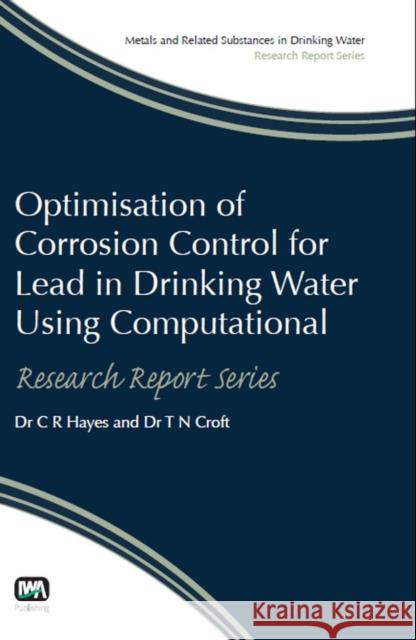Optimisation of Corrosion Control for Lead in Drinking Water Using Computational Modelling Techniques » książka
Optimisation of Corrosion Control for Lead in Drinking Water Using Computational Modelling Techniques
ISBN-13: 9781780404783 / Angielski / Miękka / 2013 / 67 str.
In many respects, lead in drinking water has become a forgotten problem, since the mid 1980s when a range of environmental controls were implemented to reduce exposure to lead. This is largely because the sampling protocols, that underpin regulatory controls, are mostly inadequate and have tended to under-estimate the amount of lead that can be present in drinking water (IWA, 2010).
Optimisation of Corrosion Control for Lead in Drinking Water Using Computational Modelling Techniques shows how compliance modelling has been used to very good effect in the optimisation of plumbosolvency control in the United Kingdom, particularly in the optimisation of orthophosphate dosing. Over 100 water supply systems have been modelled, involving 30% of the UK's water companies. This "proof-of-concept" project has the overall objective of demonstrating that these modelling techniques could also be applicable to the circumstances of Canada and the United States, via three case studies.
This report is the first in the Research Report Series published by the IWA Specialist Group on Metals and Related Substances in Drinking Water.
Authors: Dr. C. R. Hayes and Dr. T. N. Croft Collaborators A. Campbell, City of Ottawa Water (CA) I. P. Douglas, City of Ottawa Water (CA) P. Gadoury, Providence Water (US) M. R. Schock, US Environmental Protection Agency (US)











